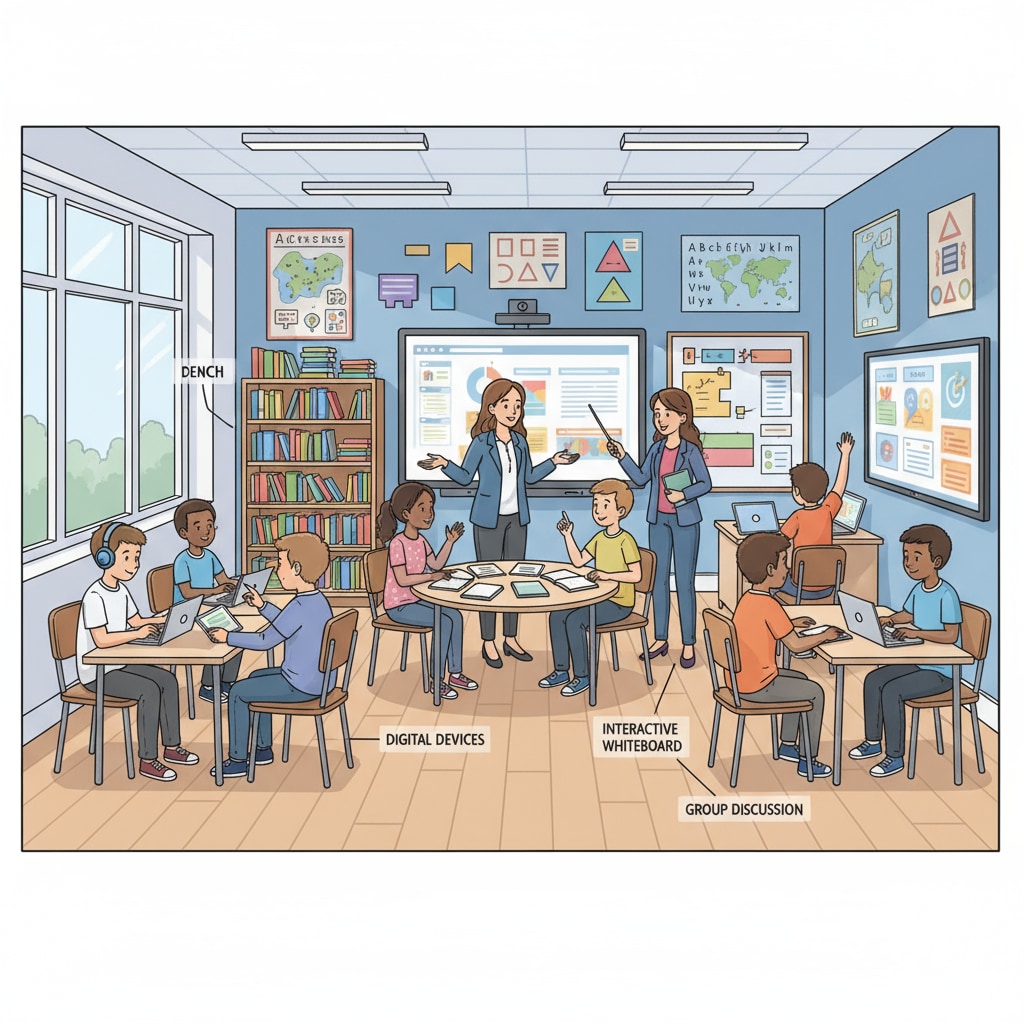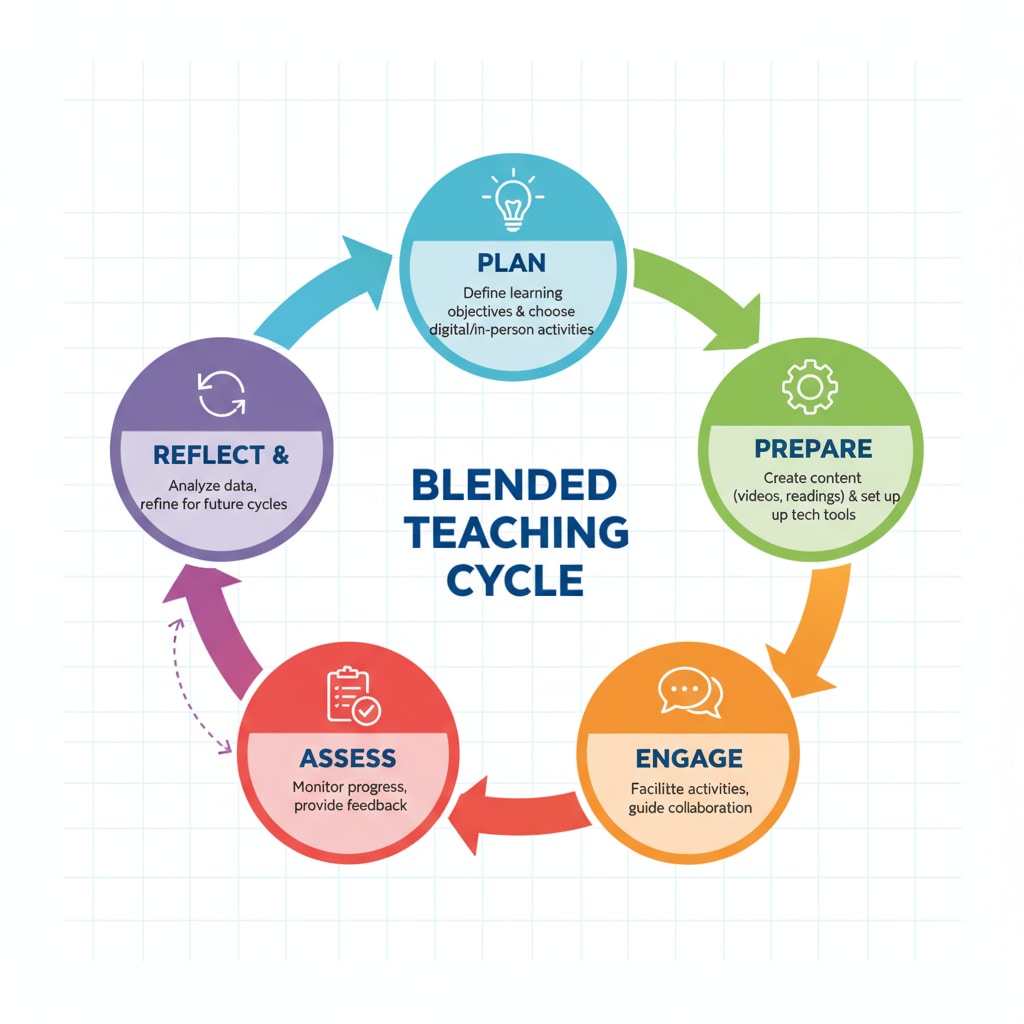The Blended Teaching Cycle Theory, Instruction and Guidance, and Educational Models are revolutionizing the field of education. In today’s dynamic educational landscape, finding the right balance between traditional and innovative teaching methods is crucial. This theory offers a unique approach that combines the best of both worlds, creating a holistic learning experience for students.

The Foundation of the Blended Teaching Cycle Theory
The Blended Teaching Cycle Theory is built on the premise of integrating transmissive and guiding learning. Transmissive learning, often associated with traditional teaching, involves the teacher imparting knowledge directly to students. Guiding learning, on the other hand, encourages students to explore, question, and discover knowledge on their own. By combining these two approaches, the theory aims to create a more engaging and effective learning environment. For example, in a science class, the teacher might first use transmissive learning to explain the basic principles of a concept. Then, through guiding learning, students can conduct experiments to further understand and apply those principles. According to Educational Psychology on Wikipedia, this combination caters to different learning styles and helps students better retain information.
The Five Cycles of the Blended Teaching Model
The Blended Teaching Cycle consists of five key steps. The first step is “Engage,” where the teacher uses various techniques to capture students’ attention and introduce the topic. This could be through an interesting video, a thought-provoking question, or a real-life example. The second step is “Explore,” during which students are given the opportunity to delve deeper into the subject matter independently or in groups. They might use online resources, textbooks, or conduct research. The third step is “Explain,” where the teacher clarifies any misunderstandings and provides in-depth explanations. The fourth step is “Elaborate,” where students apply what they have learned to new situations or problems. Finally, the “Evaluate” step involves assessing students’ understanding and progress. This cyclic process ensures a comprehensive learning experience.

In contemporary K12 education, the Blended Teaching Cycle Theory has significant value. It allows for personalized learning, as students can learn at their own pace and in their preferred ways. It also promotes critical thinking and problem-solving skills through the guiding learning components. However, implementing this theory also comes with challenges. Teachers need to be trained to effectively use a combination of teaching methods, and there may be issues related to access to technology and resources for some students. As per Education on Britannica, overcoming these challenges is essential for maximizing the benefits of this educational model.
Readability guidance: The key points are presented in short paragraphs and lists for easy understanding. Each H2 section provides a clear breakdown of the concepts. The proportion of passive voice and long sentences is controlled, and transition words are used throughout to enhance the flow of the article.


